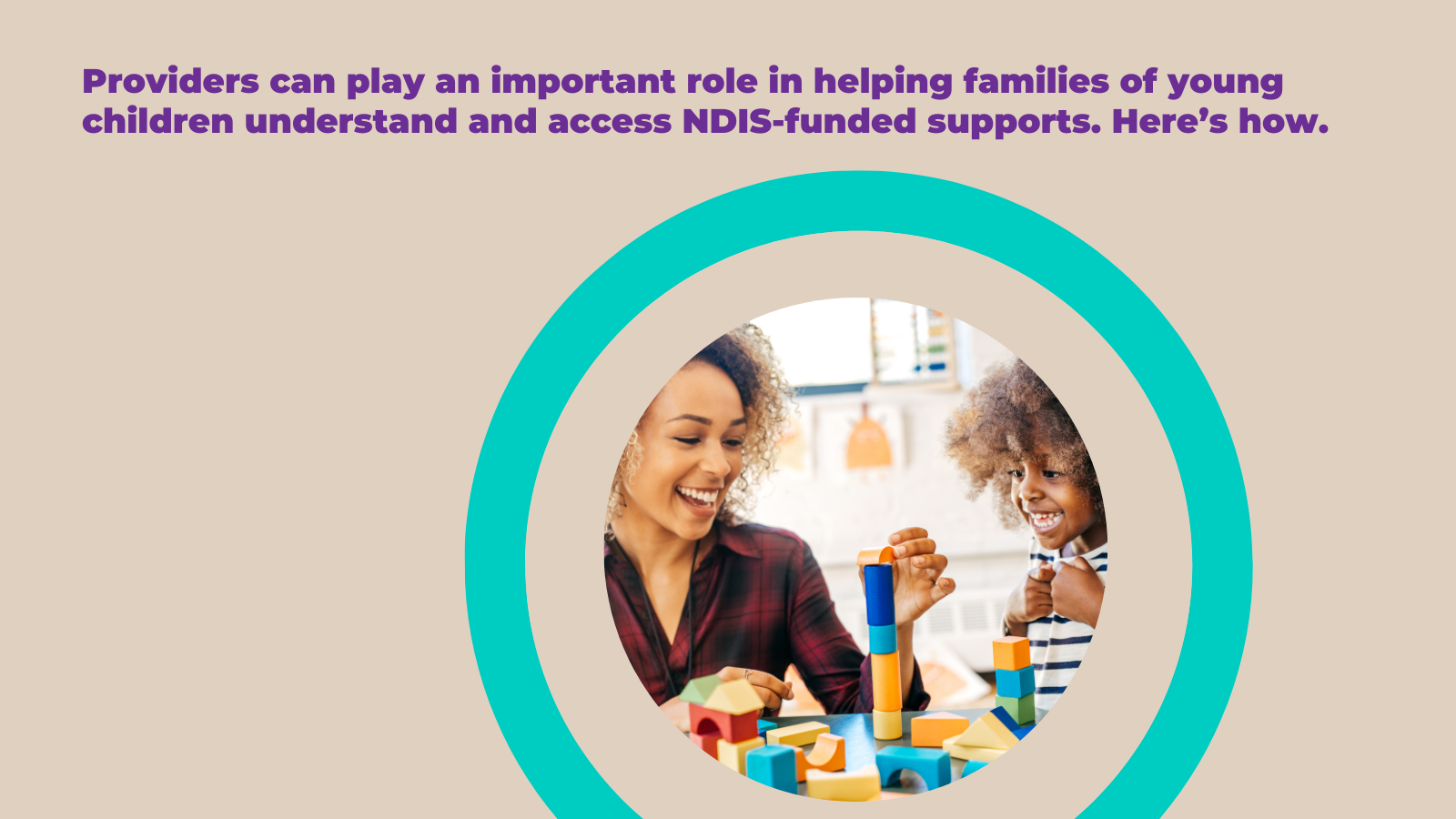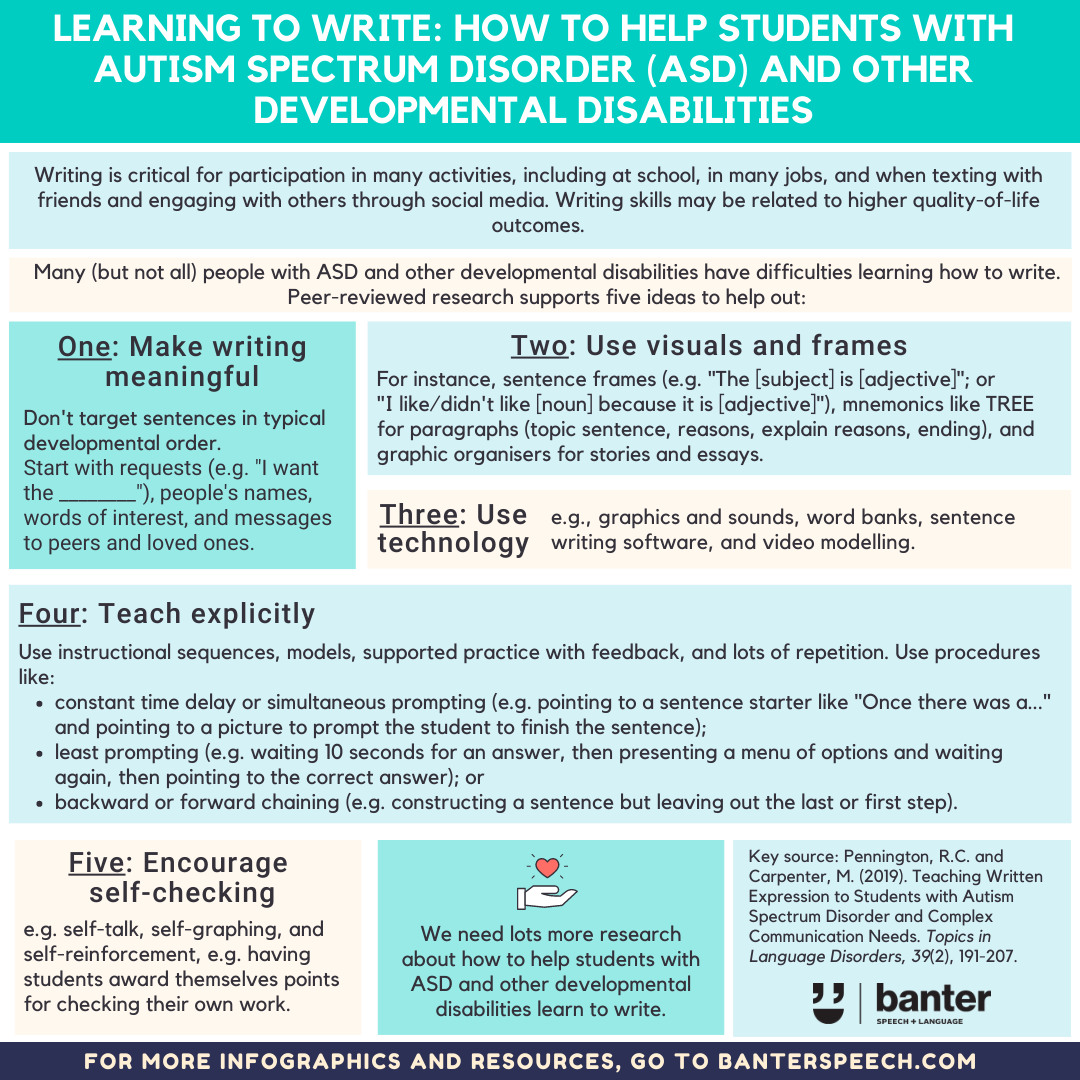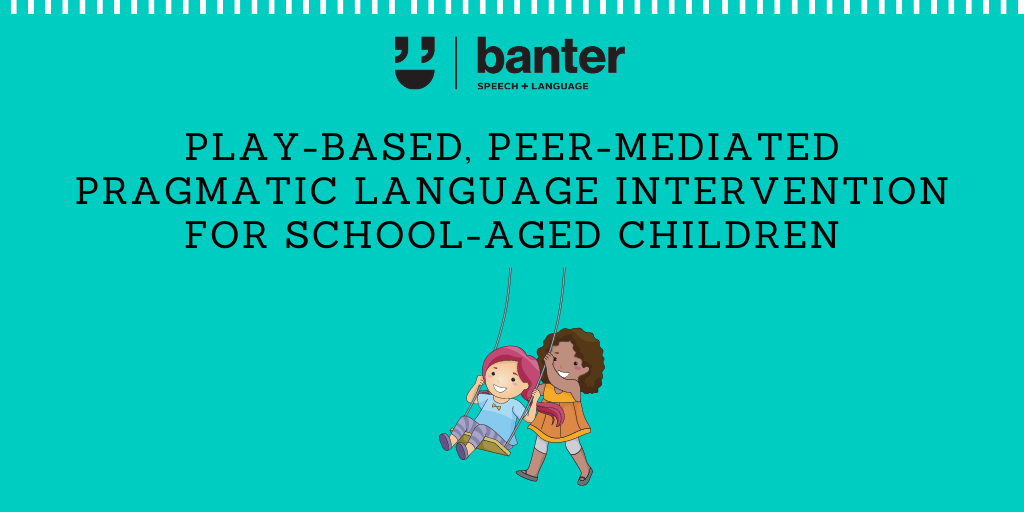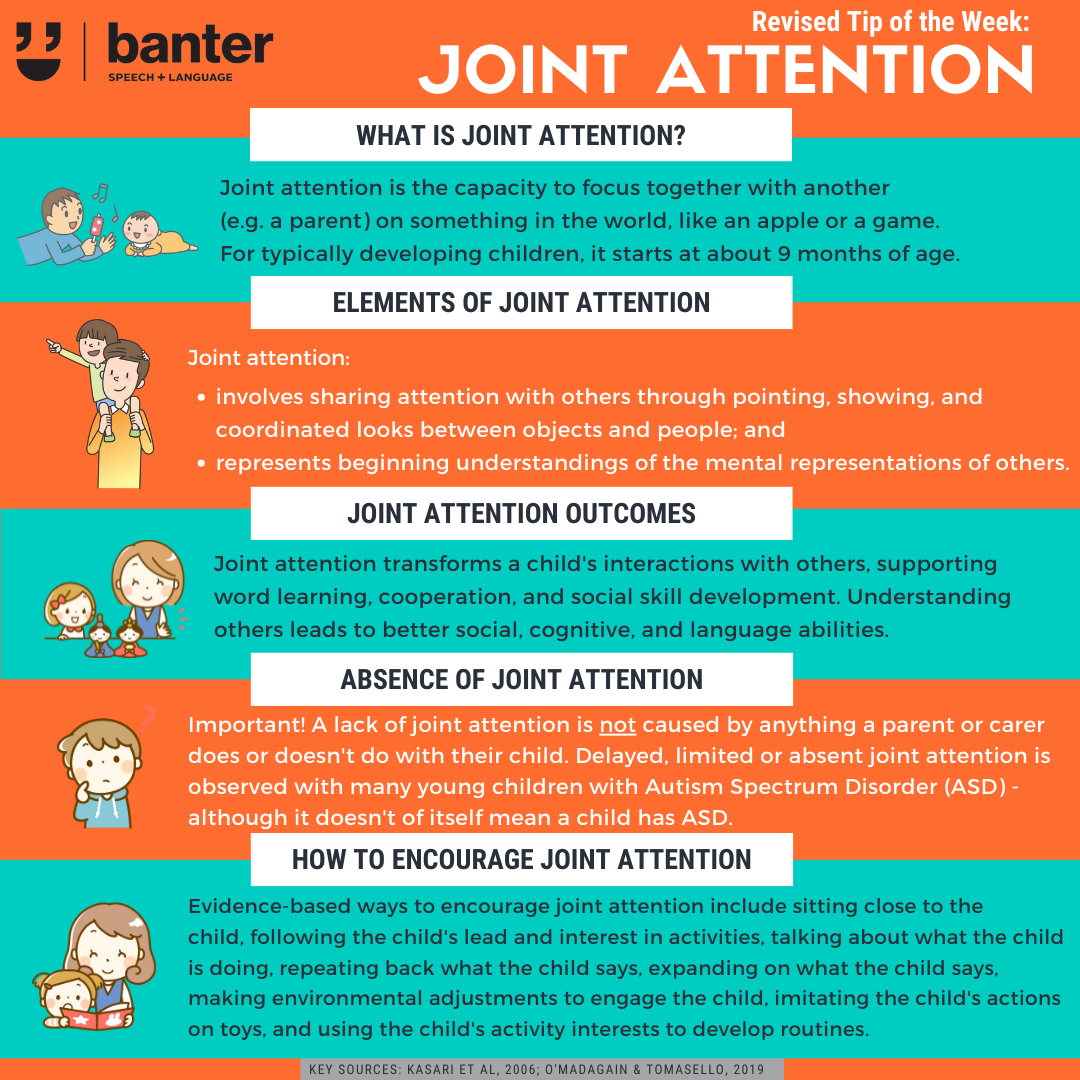Early warning signs of possible autism spectrum disorder
Kids are rarely diagnosed with autism spectrum disorder (“ASD“) before three years of age. But the research tells us that the best time to start intervention is between 18 months and 4 years of age.
We know that young kids with ASD often have deficits in social communication skills. These include deficits with:
- joint attention: the shared focus of the child and another (e.g. a parent) on an object (e.g. a ball or truck);
- shared affect: the social use of emotional expressions in response to others (e.g. smiling);
- eye contact;
- gestures; and
- functional and symbolic play.
We also know that speech and language development alone can’t be used to differentiate children with ASD from children with developmental disabilities or language delays because speech and language delays are common to all developmental delays.
Wetherby (2007) identifies 5 core deficits that are “red flags” or warning signs of possible ASD in early years:
- no or limited gaze shifting (looking from a person to an object or other person and back to the first person);
- not looking at where someone is pointing;
- limited or no joint attention;
- slow rate of communication (typically developing 12 month olds communicate about 2.5 times a minute, increasing to about 7.5 times a minute by 24 months of age); and
- few early gestures (e.g. pointing, “feeding” self from an empty spoon; hands to mouth to indicate wanting to eat).
In 2001, Robins and colleagues identified 6 red flags for ASD in children aged between 18 and 30 months of age, namely:
- limited interest in other children;
- limited pointing for interest;
- limited imitation of a parent or other caregiver;
- limited showing of objects to indicate interest;
- limited response to their name; and
- not looking at where someone else is pointing.
In 2012, Vaness and colleagues published a study looking at three groups of Australian children – typically developing, language-impaired and children with ASD. They found that:
- reduced use of early gestures at both 12 and 24 months most clearly differentiated children with ASD from comparison groups, although they were unable to identify specific gestures distinguishing kids with ASD from others. Instead, the difference appeared to be in the pattern of early gestures used as a whole;
- responding to name, waving, pointing and giving gestures, requesting attention and help, and sharing an interest did not safely discriminate kids with ASD from typically developing children at 12 or 24 months;
- joint attention at 12 months, and gaze-point following and the showing gesture at 24 months, may discriminate between children with ASD and children with a pure language impairment or delay; and
- parents of children with ASD are likely to be aware of the slowing development of their child during the second year.
What do these red flags look like in the real world?
Some of the potential warning signs listed above can be hard to visualise – especially if you haven’t met many children with ASD. Autism Speaks, one of the world’s leading ASD research and advocacy groups, hosts a fantastic video glossary resource, including several valuable video examples of red flags for ASD. To access the videos, you first have to register (it’s free). But it’s well worth the effort – especially if you want to see some great video examples directly comparing behaviours of children with ASD to those of typically developing children.
You can access the video glossary here.
Bottom Line
Trust your instincts. If you are concerned that your toddler is not developing typically and might be displaying some of the red flags for ASD, consult with your child’s paediatrician. But don’t panic. “Red flags” like the ones listed here – though useful – are just early warning signs of possible ASD. Developmental paediatricians can diagnose your child with ASD, and only then after a thorough assessment, usually including input from speech pathologists, psychologists and other health professionals.
Principal source: Vaness, C., Prior, M., Bavin, E., Eadie,P., Cini, E. & Reilly, S. (2012). Early indicators of autism spectrum disorders at 12 and 24 months of age: prospective, longitudinal comparative study. Autism, 16(2), 163-177.

Hi there, I’m David Kinnane.
Principal Speech Pathologist, Banter Speech & Language
Our talented team of certified practising speech pathologists provide unhurried, personalised and evidence-based speech pathology care to children and adults in the Inner West of Sydney and beyond, both in our clinic and via telehealth.








